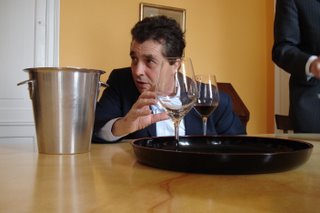Sicily shelters many memories, like an ancient version of my early California days. Warmth, sunshine, seaside, fresh fruit and lively wines. In many ways these two places are so alike, in their feel. When you scratch the surface though, Sicily is a multi layered cake.
days. Warmth, sunshine, seaside, fresh fruit and lively wines. In many ways these two places are so alike, in their feel. When you scratch the surface though, Sicily is a multi layered cake.
This isn’t going to be a wine posting per se. Memories around the wines and memories before the time I was even on the planet. Where do they come from? Why do I remember an ancient Greek temple but forget the book I read a year ago?
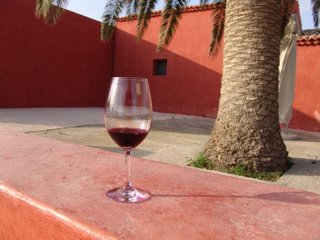 A glass of fresh red wine, Cerasuolo di Vittoria, on a patio by the shade of a palm tree, where I heard my Grandmother singing and cooking and my grandfather watering the plants, the aromas of oregano and basilico washing my senses with light and vigor.
A glass of fresh red wine, Cerasuolo di Vittoria, on a patio by the shade of a palm tree, where I heard my Grandmother singing and cooking and my grandfather watering the plants, the aromas of oregano and basilico washing my senses with light and vigor.
 days. Warmth, sunshine, seaside, fresh fruit and lively wines. In many ways these two places are so alike, in their feel. When you scratch the surface though, Sicily is a multi layered cake.
days. Warmth, sunshine, seaside, fresh fruit and lively wines. In many ways these two places are so alike, in their feel. When you scratch the surface though, Sicily is a multi layered cake.This isn’t going to be a wine posting per se. Memories around the wines and memories before the time I was even on the planet. Where do they come from? Why do I remember an ancient Greek temple but forget the book I read a year ago?
 A glass of fresh red wine, Cerasuolo di Vittoria, on a patio by the shade of a palm tree, where I heard my Grandmother singing and cooking and my grandfather watering the plants, the aromas of oregano and basilico washing my senses with light and vigor.
A glass of fresh red wine, Cerasuolo di Vittoria, on a patio by the shade of a palm tree, where I heard my Grandmother singing and cooking and my grandfather watering the plants, the aromas of oregano and basilico washing my senses with light and vigor.
A picnic out in the country with my Aunt Vitina and Uncle Peppino, fresh rice croquets, arancini, a slice of caciocavallo cheese, some sparkling mineral water mixed with the vigorous Sicilian red wine from the cantina, cool and spicy ….
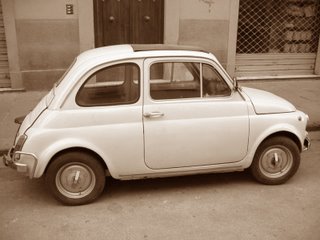 Scurrying around the Sicilian countryside in Zio Peppino’s Cinquecento, stopping to take a picture or get some fresh eggs or olive oil, in this tiny little car pressing on the landscape at a speed that only now seems impossibly wonderful.
Scurrying around the Sicilian countryside in Zio Peppino’s Cinquecento, stopping to take a picture or get some fresh eggs or olive oil, in this tiny little car pressing on the landscape at a speed that only now seems impossibly wonderful.
 Scurrying around the Sicilian countryside in Zio Peppino’s Cinquecento, stopping to take a picture or get some fresh eggs or olive oil, in this tiny little car pressing on the landscape at a speed that only now seems impossibly wonderful.
Scurrying around the Sicilian countryside in Zio Peppino’s Cinquecento, stopping to take a picture or get some fresh eggs or olive oil, in this tiny little car pressing on the landscape at a speed that only now seems impossibly wonderful.
On the way home a stop at an old friend’s winery…littered with Ferraris and Fiats, barrels and bottles, we’ve stopped for some Marsala and dessert, little capi duzzi di ricotta with a Marsala Riserva Superiore 10 year.
We are rolling out of an ancient winery, (was this a dream or a memory?) and come upon this sign painted in the time of Mussolini. Now appearing like an ancient fresco found at Piazza Armerina, in Italian it said, “chi non beve mai vino e un agnello, chi ne beve giusto e un leone, chi ne beve tropp e un suino” (He who drinks no wine is a lamb, he who drinks moderately is a lion, he who drinks too much is a pig.)
On the way back to Palermo there is a scene , two country Sicilian men, from the turn of the century standing by their Carro Siciliano. I remember this clearly but was I there at the time the picture was taken, was I even alive in those days? But it is a fond memory nonetheless, even if it is from an ill tempered time machine gone mad in reverse.
On the way back to Palermo there is a scene , two country Sicilian men, from the turn of the century standing by their Carro Siciliano. I remember this clearly but was I there at the time the picture was taken, was I even alive in those days? But it is a fond memory nonetheless, even if it is from an ill tempered time machine gone mad in reverse.
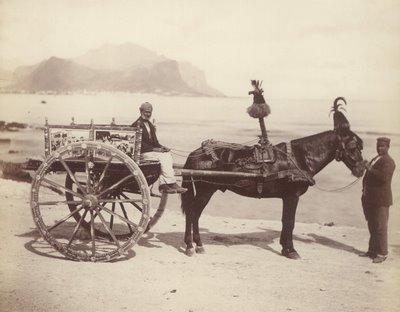






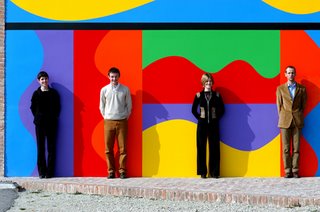












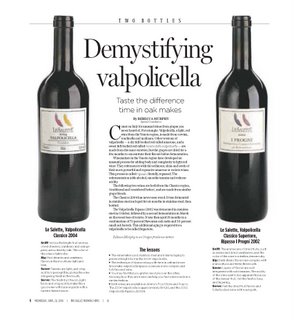
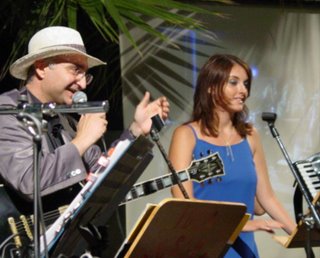


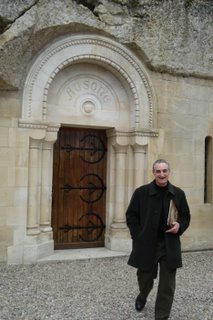




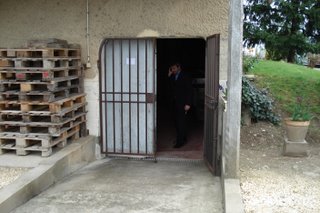


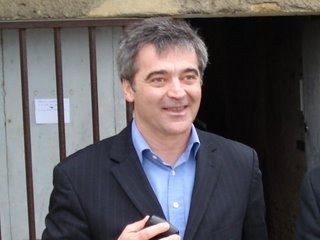












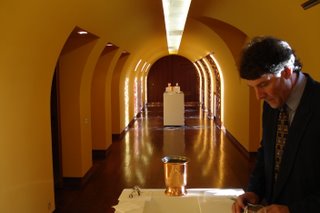
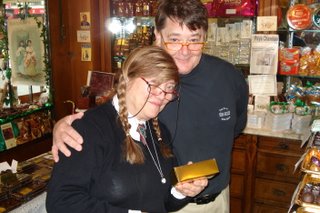 Paris --- Afternoon in the rain and a stop to
Paris --- Afternoon in the rain and a stop to 

